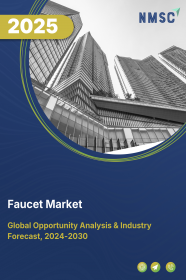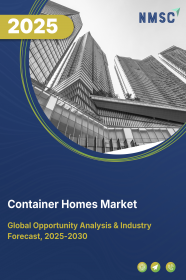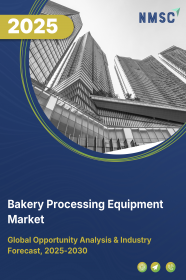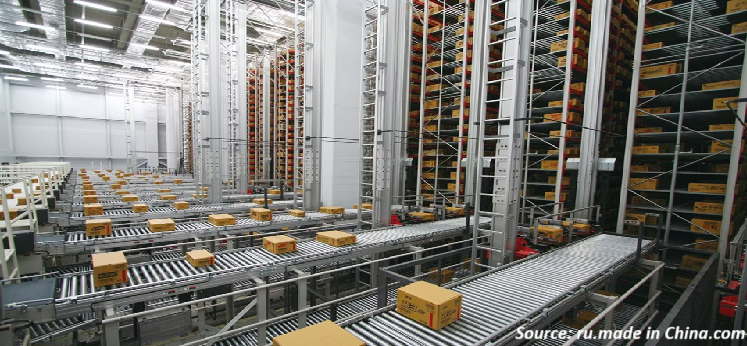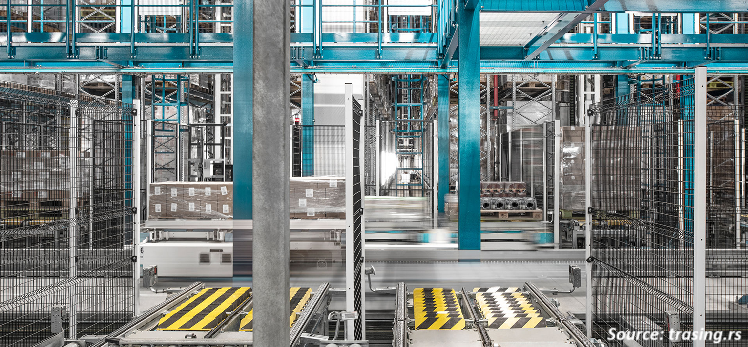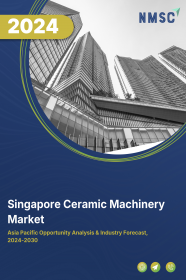
Singapore Ceramic Machinery Market by Type (Shaping Machines, Decorative and Glazing Machines, Kilns and Firing Machines, Raw Material Processing Machines, Storage and Handling Machines, and Others Machinery), by Product Type (Tile, Sanitary Ware, Tableware, Technical Ceramics, Refractories, and Abrasive), and by End User (Construction, Automotive, Electronics, and Others) – Global Opportunity Analysis and Industry Forecast, 2024–2030
Industry: Construction & Manufacturing | Publish Date: 18-Oct-2024 | No of Pages: 79 | No. of Tables: 49 | No. of Figures: 34 | Format: PDF | Report Code : CM2809
Singapore Ceramic Machinery Market Overview
The Singapore Ceramic Machinery Market size was valued at USD 16.2 million in 2023, and is predicted to reach USD 27.1 million by 2030, at a CAGR of 7.1% from 2024 to 2030.
The ceramic machinery market, also known as the ceramic manufacturing equipment market, involves the global industry that designs, produces, and distributes machinery for making ceramic products such as tiles, sanitary ware, tableware, and advanced ceramics.
This market includes equipment like crushers, grinding mills, kilns, dryers, and presses, used throughout the ceramic production process, from raw material preparation to the final product. Ceramic manufacturing equipment offers high precision for shaping, glazing, and producing ceramics, resulting in consistent product quality, faster production, and lower labor costs. It is essential for meeting the growing need for quality ceramics, supported by advancements in manufacturing technology and increased automation investments.
Electronic Industry Growth Drives Demand for Ceramic Machinery in Singapore
Singapore's booming electronics sector significantly boosts the demand for ceramic machinery, driven by the need for precise and high-quality ceramic components. Advanced ceramics play a crucial role in manufacturing electronic components such as semiconductors, capacitors, insulators, substrates, and piezoelectric devices, which are integral to various applications including smartphones, computers, automotive electronics, and medical devices.
According to the Ministry of Trade and Industry Singapore (MTI), the electronics sector is the largest segment within Singapore's manufacturing industry, contributing 46.9% to the sector’s nominal value-added and 9.7% to the country's overall GDP in 2022. The precision, efficiency, and quality provided by ceramic manufacturing equipment are essential to meet the stringent standards of the electronics industry.
As demand for high-performance electronic devices continues to grow, the need for advanced ceramic manufacturing equipment to produce these critical components is expected to rise, driving the market expansion in Singapore.
Rising Ceramic Exports Boost Demand for High-Capacity Machinery in Singapore
The increase in ceramic exports from Singapore underscores the need for high-capacity and advanced ceramic machinery to meet global market demands. In 2023, Singapore exported ceramic roofing tiles valued at USD 30.01 thousand and weighing 59,995 kilograms. This surge in export activity reflects growing international demand for high-quality ceramic products.
To compete effectively in the global market, manufacturers must adopt advanced ceramic manufacturing equipment that ensures high precision, consistency, and efficiency in production.
This machinery helps producers scale their operations to meet larger quantities and maintain stringent quality standards necessary for international markets. Consequently, the expansion of ceramic exports drives the investment in sophisticated ceramic manufacturing equipment, supporting increased production capacity and market growth in Singapore.
High Initial Investment Hindering Growth of the Ceramic Machinery Market
A significant challenge for the ceramic machinery market is the high initial investment needed for advanced equipment. This substantial financial requirement creates a major barrier, particularly for smaller companies and startups, hindering their ability to invest in the latest technologies.
The large capital needed to purchase and install sophisticated machinery limits these businesses from upgrading their operations or expanding their capabilities. As a result, this financial constraint impedes Singapore ceramic machinery market expansion by restricting many manufacturers from adopting new, more efficient production technologies that could advance the industry.
Integration of Inkjet Technology in Ceramic Machinery Creates Future Opportunities
The integration of inkjet technology offers a valuable opportunity for the Singapore ceramic machinery market growth. This technology allows for high-resolution, customizable printing directly on ceramic surfaces, creating intricate designs, vibrant colors, and detailed patterns. It meets the increasing demand for personalized and aesthetically appealing ceramics.
Additionally, inkjet technology improves production efficiency by reducing reliance on traditional, labor-intensive methods, thus lowering costs and enhancing manufacturing processes. This advancement not only provides a competitive edge but also opens up new growth opportunities within the ceramic machinery sector, making it a key investment for future development and innovation.
Competitive Landscape
Several key market players operating in the Singapore ceramic machinery industry include SACMI, KEDA Industrial Group Co., Ltd., SITI B&T Group S.p.A., System Ceramics, CeramTec GmbH, and others.
Singapore Ceramic Machinery Market Key Segments
By Type
-
Shaping Machines
-
Decorative and Glazing Machines
-
Kilns and Firing Machines
-
Raw Material Processing Machines
-
Storage and Handling Machines
-
Others Machinery
By Product Type
-
Tile
-
Sanitary Ware
-
Tableware
-
Technical Ceramics
-
Refractories
-
Abrasive
By End User
-
Construction
-
Automotive
-
Electronics
-
Others
Key Players
-
SACMI
-
KEDA Industrial Group Co., Ltd.
-
SITI B&T Group S.p.A.
-
System Ceramics
-
CeramTec GmbH
-
Others
REPORT SCOPE AND SEGMENTATION:
|
Parameters |
Details |
|
Market Size in 2023 |
USD 16.2 Million |
|
Revenue Forecast in 2030 |
USD 27.1 Million |
|
Growth Rate |
CAGR of 7.1% from 2024 to 2030 |
|
Analysis Period |
2023–2030 |
|
Base Year Considered |
2023 |
|
Forecast Period |
2024–2030 |
|
Market Size Estimation |
Million (USD) |
|
Growth Factors |
|
|
Companies Profiled |
10 |
|
Market Share |
Available for 10 companies |
|
Customization Scope |
Free customization (equivalent up to 80 working hours of analysts) after purchase. Addition or alteration to country, regional, and segment scope. |
|
Pricing and Purchase Options |
Avail customized purchase options to meet your exact research needs. |

















 Speak to Our Analyst
Speak to Our Analyst



